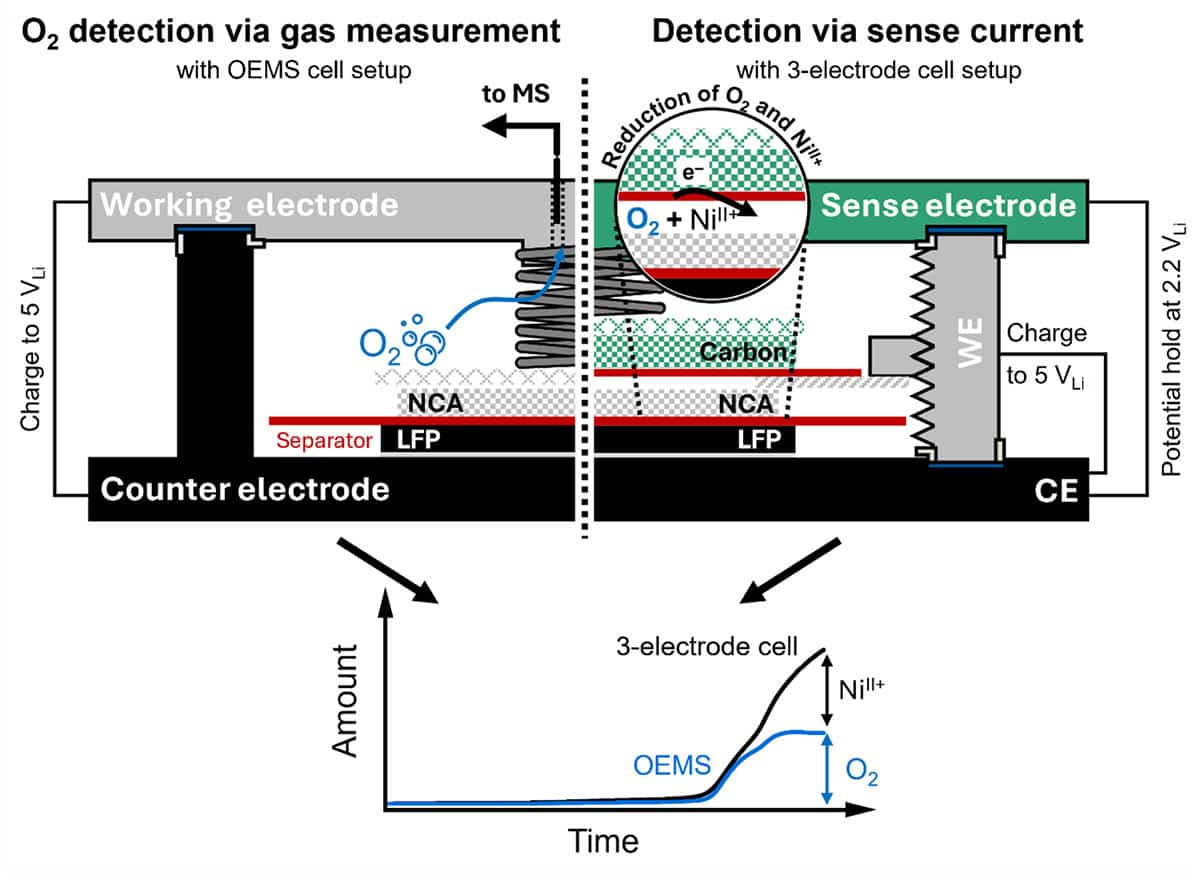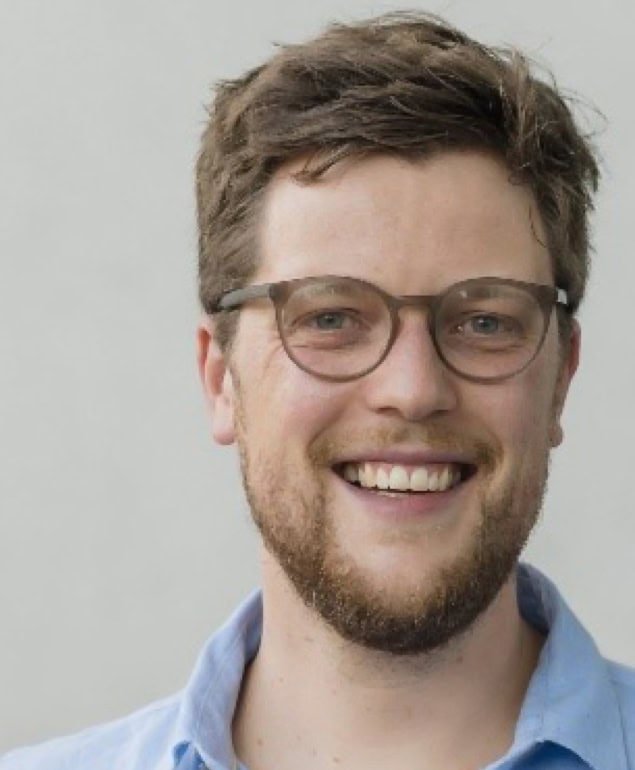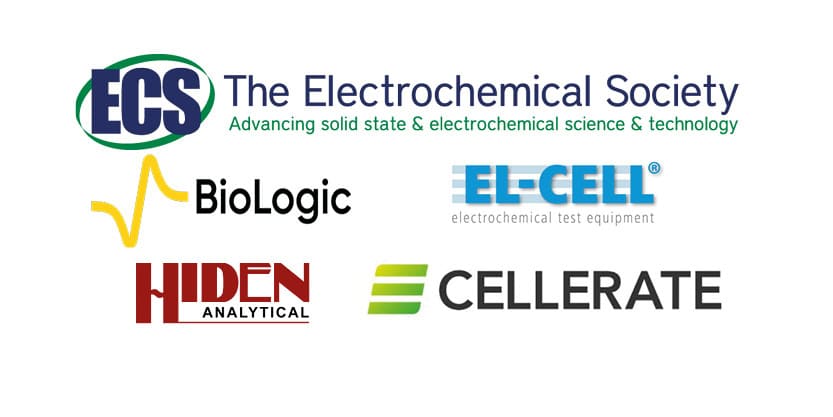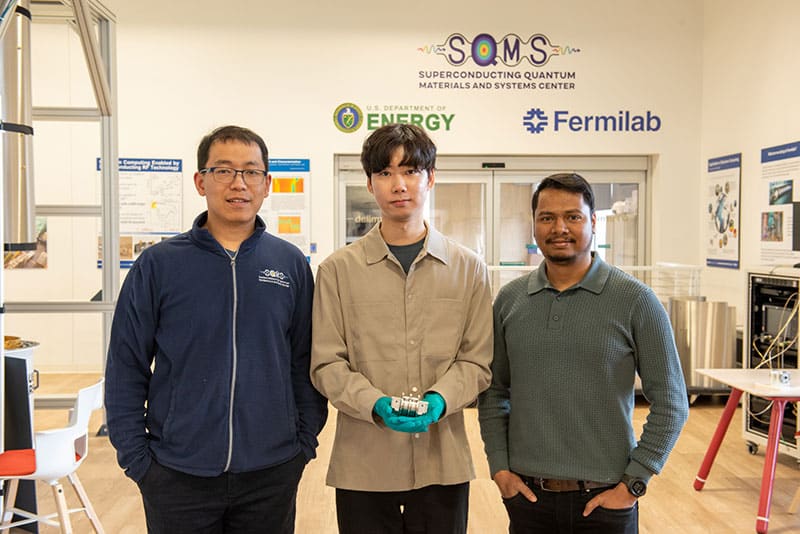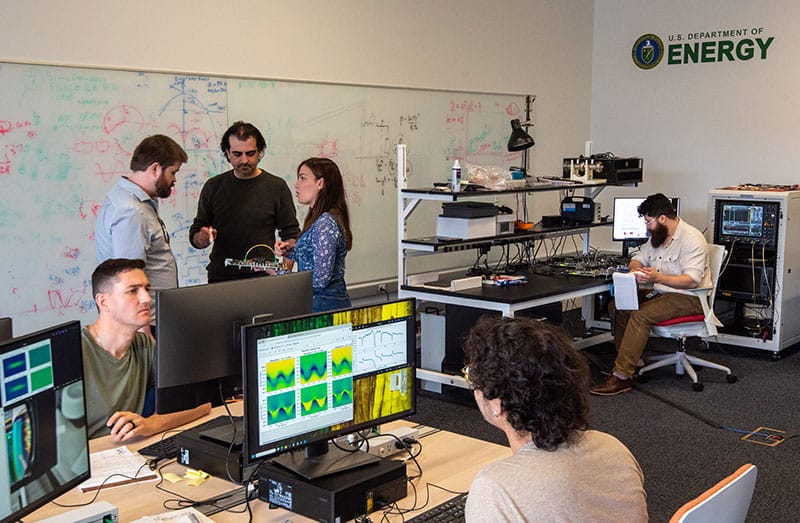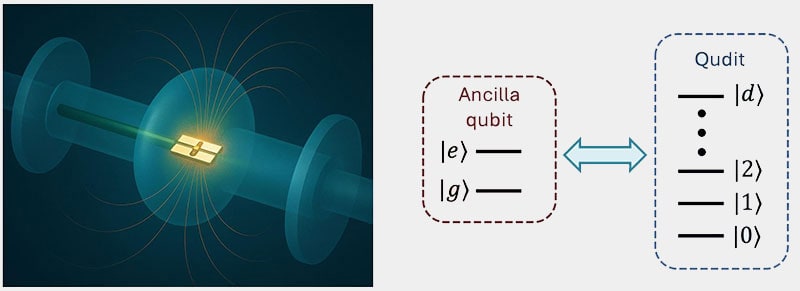Just over a week ago, US President Donald Trump released a budget proposal that would, if enacted, eviscerate science research across the country. Among other cuts, it proposes a 57% drop (relative to 2024) in funding for the National Science Foundation (NSF), which provides the lion’s share of government support for basic science. Within this, the NSF’s physics and mathematics directorate stands to lose more than a billion dollars, or 67% of its funding. And despite the past closeness between Trump and SpaceX boss Elon Musk, NASA faces cuts of 24%, including 50% of its science budget.
Of course, the US is not the only nation that funds scientific research, any more than NASA is the only agency that sends spacecraft to explore the cosmos. Still, both are big enough players (and big enough partners for the UK) that I expected these developments to feature at least briefly at last Tuesday’s Royal Society conference on the future of the UK space sector.
During the conference’s opening session, it occasionally seemed like David Parker, a former chief executive of the UK Space Agency (UKSA) who now works for the European Space Agency (ESA), might say a few words on the subject. His opening remarks focused on lessons the UK could learn from the world’s other space agencies, including NASA under the first Trump administration. At one point, he joked that all aircraft have four dimensions: span, length, height and politics. But as for the politics that threaten NASA in Trump’s second administration, Parker was silent.
Let’s talk about something else
This silence continued throughout the morning. All told, 19 speakers filed on and off the stage at the Royal Society’s London headquarters without so much as mentioning what the Nobel-Prize-winning astrophysicist Adam Riess called an “almost extinction level” event for research in their field.
The most surreal omission was in a talk by Sheila Rowan, a University of Glasgow astrophysicist and past president of the Institute of Physics (which publishes Physics World). Rowan was instrumental in the 2015 detection of gravitational waves at the US-based Laser Interferometer Gravitational-Wave Observatory (LIGO), and her talk focused on gravitational-wave research. Despite this, she did not mention that Trump’s budget would eliminate funding for one of the two LIGO detectors, drastically reducing the research LIGO can do.
When I contacted Rowan to ask why this was, she replied that she had prepared her talk before the budget was announced. The conference, she added, was “a great example of how fantastic science benefits not just the UK, but society more broadly, and globally, and that is a message we must never stop explaining”.
What’s at stake
Rowan ended her talk on a similarly positive note, with hopeful words about the future. “The things that will fly in 2075, we are thinking about now,” she said.
In some cases, that may be true. However, if Trump’s budget passes both houses of the US Congress (the House of Representatives has already passed a bill that would enact most of the administration’s wishes), the harsh reality is that many things space scientists are thinking about will never fly at all.
Over at Astrobites, a site where PhD students write about astronomy and astrophysics for undergraduates, Arizona State University student Skylar Grayson compiled a depressingly long list of threatened missions. Like other graphics that have circled on social media since the budget announcement, Grayson’s places red X’s – indicating missions that are “fully dead” under the new budget – over dozens of projects. Affected missions range from well-known workhorses like Mars Orbiter and New Horizons to planning-stage efforts like the next-generation Earth-observing satellite Landsat Next. According to Landsat Next’s live-at-the-time-of-writing NASA webpage, it is expected to launch no earlier than 2031. What does its future look like now?
And NASA’s own missions are just the start. Several missions led by other agencies – including high-profile ones like ESA’s Rosalind Franklin Mars rover – are under threat. This is because the new NASA budget would eliminate the US’s share of their funding, forcing partners to pick up the tab or see their investments go to waste. Did that possibility not deserve some mention at a conference on the future of the UK space sector?
The elephant in the room
Midway through the conference, satellite industry executive Andrew Stanniland declared that he was about to mention the “elephant in the room”. At last, I thought. Someone’s going to say something. However, Stanniland’s “elephant” was not the proposed gutting of NASA science. Instead, he wanted to discuss the apparently taboo topic of the Starlink network of communications satellites.
Like SpaceX, Tesla and, until recently, Trump’s budget-slashing “department of government efficiency”, Starlink is a Musk project. Musk is a Fellow of the Royal Society, and he remains so after the society’s leadership rejected a grassroots effort to remove him for, inter alia, calling for the overthrow of the UK government. Could it be that speakers were avoiding Musk, Trump and the new US science budget to spare the Royal Society’s blushes?
Exasperated, I submitted a question to the event’s online Q&A portal. “The second Trump administration has just proposed a budget for NASA that would gut its science funding,” I wrote. “How is this likely to affect the future of the space sector?” Alas, the moderator didn’t choose my question – though in fairness, five others also went unanswered, and Rowan, for the record, says that she could “of course” talk about whatever she wanted to.
Finally, in the event’s second-to-last session, the elephant broke through. During a panel discussion on international collaboration, an audience member asked, “Can we really operate [collaboratively] when we have an administration that’s causing irreparable harm to one of our biggest collaborators on the space science stage?”
In response, panellist Gillian Wright, a senior scientist at the UK Astronomy Technology Centre in Edinburgh, called it “an incredibly complicated question given the landscape is still shifting”. Nevertheless, she said, “My fear is that what goes won’t come back easily, so we do need to think hard about how we keep those scientific connections alive for the future, and I don’t know the answer.” The global focus of space science, Wright added, may be shifting away from the US and towards Europe and the global south.
And that was it.
A question of leadership
I logged out of the conference feeling depressed – and puzzled. Why had none of these distinguished speakers (partially excepting Wright) addressed one of the biggest threats to the future of space science? One possible answer, suggested to me on social media by the astrophysicist Elizabeth Tasker, is that individuals might hesitate to say anything that could be taken as an official statement, especially if their organization needs to maintain a relationship with the US. “I think it needs to be an agency-released statement first,” said Tasker, who works at (but was not speaking for) the Japan Aerospace Exploration Agency (JAXA). “I totally agree that silence is problematic for the community, and I think that’s where official statements come in – but those may need more time.”
Official statements from agencies and other institutions would doubtless be welcomed by members of the US science workforce whose careers and scientific dreams are at risk from the proposed budget. The initial signs, however, are not encouraging.
On the same day as the Royal Society event, the US’s National Academies of Science (NAS) hosted their annual “State of the Science” event in Washington, DC. According to reporting by John Timmer at Ars Technica, many speakers at this event were, if anything, even keener than the Royal Society speakers to avoid acknowledging the scale of the (real and potential) damage. A few oblique comments from NAS president Marcia McNutt; a few forthright ones from a Republican former congresswoman, Heather Wilson; but overall, a pronounced tendency to ignore the present in favour of a future that may never come.
Frankly, the scientific community on both sides of the Atlantic deserves better.
The post There’s an elephant in the room at the Royal Society – and for once, it’s not (just) Elon Musk appeared first on Physics World.











